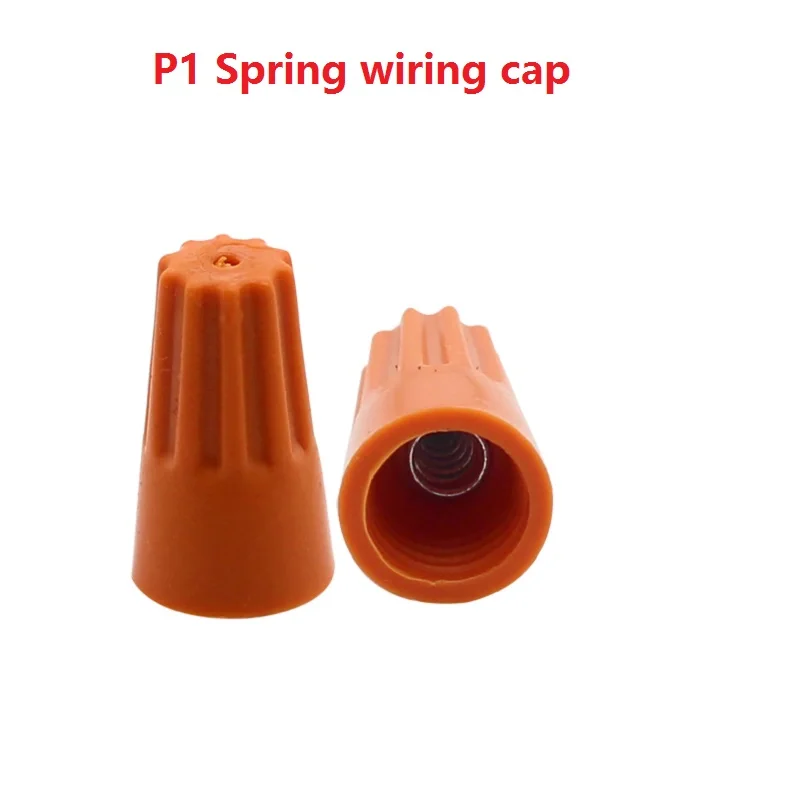

Contrary to a popular myth, contact resistance rises dramatically with over-torque. Generic torque tables do not account for all the variables that affect developing a torque value for a connection. To get good connections, follow the manufacturer's torque specifications, which are often included with the equipment instructions. Terminals must ensure good connections without damaging the conductors. Terminals and splicing devices suitable for both copper and aluminum must be marked as CU/AL or CO/ALR. All aluminum conductors require wire-brushing immediately prior to assembly.Ĭopper and aluminum conductors must not make contact with each other in a terminal or splicing device not specifically listed and identified for the purpose. Split-bolt lugs listed for aluminum-to-aluminum come with detailed instructions that vary among lug designs. Terminals listed for aluminum typically have an antioxidant to reduce aluminum oxide, which reduces the conductor/terminal contact resistance. Terminals and splicing devices suitable only for aluminum must be marked AL.
#Splice caps b connectors code#
In 404.14(C) and 406.2(C), the Code requires you to use terminals and splicing devices identified for use with the conductor material. If it states “Suitable for 18-2 AWG,” you can use either solid or stranded conductors with the terminating device. If it states “Suitable for 18-2 AWG Solid,” you can use only solid conductors with it.

For example, if the labeling on a terminal device states “Suitable for 18-2 AWG Stranded,” you can use only stranded conductors with that device. The Code requires you to follow manufacturer's instructions when installing electrical equipment (110.3), and this applies to terminal devices. There also are adjustable ones that provide more flexibility.They may seem like just the finishing touches, but splices and terminations are critical components of any electrical system. Terminators in electronic transmission lines prevent reflections that would occur at unterminated transmission lines, which can lead to distortions like video ghosting in analogue signal systems.Ĭrimp closed-end connectors come in a wide range of fixed sizes for wires of different diameters. What are Crimp Closed-End Connectors used for?Ĭrimp closed-end connectors are used to terminate wires as well as seal them from oxygen and moisture, which would otherwise cause corrosion. A crimping tool is then used to crimp both ends to ensure a tight connection between the wires. How Do Crimp Butt Splice Terminals Work ?Ĭrimp butt splice terminals are attached by inserting the stripped ends of two stranded wires into both ends of the terminal. Crimp butt splice terminals can be used to either change, lengthen or repair conductors in an electrical circuit. They typically consist of a metal tube that's usually encased in an insulated covering.

Types of splice connectors:įrequently asked Questions What are Crimp Butt Splice TerminalsĬrimp butt splice terminals are tube-shaped connectors with two crimps for joining wires in-line. These splices are normally crimped or soldered so that the power conducted from the source cable to the next cable is transferred at inacceptable conductivity and pull-out resistance performance level. Splice Connectors are used to make quick splices or connections with two or more pieces of wire. A splice connector consists of a plastic clip that has a sharp metal insert that will safely cut through the plastic insulating jackets of two wires and crimps them together.


 0 kommentar(er)
0 kommentar(er)
